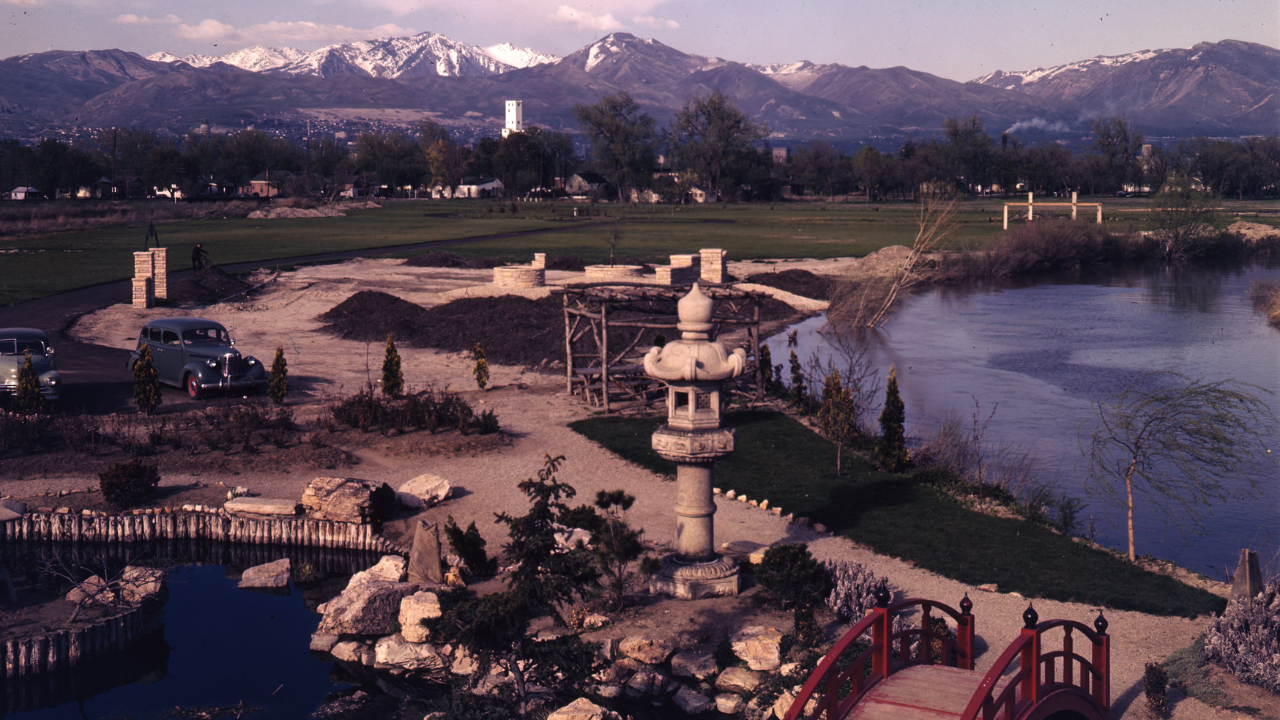SALT LAKE CITY — Located along the Jordan River on Salt Lake City’s west side is one of Utah’s lesser-known landmarks—a space dedicated not just to beauty but to international understanding. Personally, one of my favorite parks is the International Peace Gardens.
The International Peace Garden is one of two peace gardens in the United States, the other located in North Dakota.
These gardens were founded in 1939 by Mrs. Otto Wiesley, citizen chair of the Salt Lake Council of Women, as a lesson in peace and understanding between nations.
"It was following the kind of the period of World War I, where there was still a little acrimony in the world and we didn't really know how things were going to go,” said Joe Ramos, business and operations manager for Salt Lake City parks. ”And then, if you wouldn't believe it, in 1939 when they were going to make an international peace gardens, we had the onset of Another World War, World War II.”
The war delayed the garden's full opening until 1952.
“Peace was put on hold for a little while," Ramos added. " And I don't think that was for a bad cause. I think that if we had continued with the Peace gardens, it might have been a little funny in the midst of one of the worst wars that the world has ever known."
Inside the 11-acre gardens, there are 28 countries represented. Each garden has symbols and native plants from the respective nation.
The American garden was dedicated first in 1947. Japan, China, India, Mexico,Denmark, Korea and the Philippines are among other nations with their own gardens.
While the City maintains the grounds, community members help design their respective areas.
“We have more representation from each country, and we are having more response, and they're wanting to help with the gardens, make improvements,” said Charlene Badger, greenhouse supervisor for Salt Lake City Parks. "They're giving plant recommendations that they'd like to see in their gardens.”
For over 70 years, the peace gardens has been a gathering spot, event space and for many Salt Lake City residents like Margo and Bill Platt, a testament to kindness, empathy and reflection.
“Don't we need peace more now than ever?” said Bill Platt. “ I mean, they built it right after World War II. “We need it [the park]. We need to be able to remember everybody's a person, right? We're all important.”



